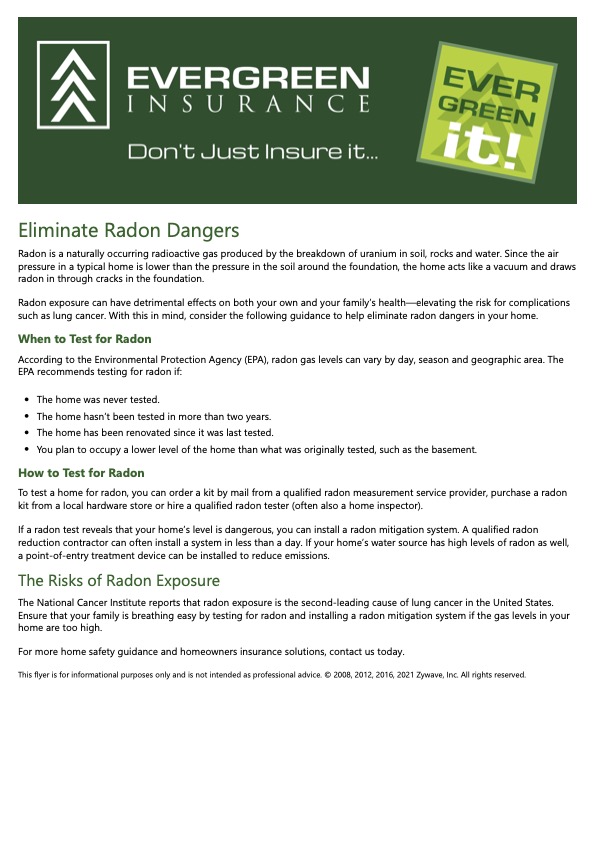As the number of human users of online systems continues to grow exponentially, so does the number of non-human users, like Internet-of-Things (IoT) machines, the “cloud” of digital storage, and so on.
As this growth gallops along with no sign of slowing down or stopping – ever – another chilling fact comes into view. The attack surface for malware and cyber criminals also gets bigger every second, every minute, every day.
But a source that in some ways may cause a pause could be used as a deterrent against such potential online damage – artificial intelligence, or AI.
AI-based automation tools are being used by businesses to capture and prioritize their vulnerabilities based on their risk categorization. AI has the potential to foresee events and provide preventative actions in cybersecurity, deploying widespread countermeasures to giving businesses confidence that they are prepared in case of a cyberattack.
In addition, AI will be able to identify complex assaults, halt them, and prevent future attempts of cybercriminals by establishing their identities and acting against them. Experts also anticipate advanced automated detection systems that discover assaults with a high probability without the current costs involved. Automated root-cause analysis to determine why a security flaw exists and how to remedy it is coming, as well. Some solutions can isolate an attacker and initiate automated incident response to successfully throw them off the network.
Artificial intelligence can be a little scary in some ways. But its depth, breadth, speed, and ability to deter and stop cyber attacks represents an amazing set of tools that more businesses are sure to adopt in the ongoing fight to protect their people, information, and reputation.
Talk with the professionals at Evergreen Insurance about cybersecurity protection for your enterprise.
Copyright 2024 Evergreen Insurance, LLC.
Evergreen Insurance, LLC. provides these updates for information only, and does not provide legal advice. To make decisions regarding insurance matters, please consult directly with a licensed insurance professional or firm.






